ASTM A106 / ASME SA106 is the standard specification for seamless carbon steel pipe used in high-temperature and high-pressure service. These pipes are commonly found in industries such as oil and gas refineries, power plants, boiler systems, chemical plants, and shipbuilding. Among the three grades available—A, B, and C—Grade B is the most widely used due to its balance of strength, availability, and cost-efficiency.
ASTM A106 Seamless Pipe Scope and Application
ASTM A106 covers seamless carbon steel pipe suitable for use in high-temperature environments, such as the transport of fluids and gases in refineries and thermal power plants. The pipe must be capable of enduring various forming operations such as bending, flanging, welding, and similar processes without compromising its structural integrity. According to the standard, nominal pipe sizes (NPS) 1½" and under can be either hot finished or cold drawn, while pipes larger than 2" NPS are typically hot finished unless otherwise specified by the customer. These pipes are designed to withstand internal pressures and extreme heat, making them an essential material in various industrial applications.

Chemical Composition
ASTM A106 seamless pipes are made from carbon steel with carefully controlled levels of alloying elements. The chemical composition plays a crucial role in determining the pipe’s strength, ductility, and corrosion resistance. The carbon content increases across the grades, which directly affects tensile strength. Manganese is added to improve hardness and tensile strength, while phosphorus and sulfur levels are kept minimal to reduce brittleness.
Typical chemical composition limits:
Grade A: Carbon ≤ 0.25%, Manganese 0.27–0.93%, Phosphorus ≤ 0.035%, Sulfur ≤ 0.035%
Grade B: Carbon ≤ 0.30%, Manganese 0.29–1.06%, Phosphorus ≤ 0.035%, Sulfur ≤ 0.035%
Grade C: Carbon ≤ 0.35%, Manganese 0.29–1.06%, Phosphorus ≤ 0.035%, Sulfur ≤ 0.035%
These chemical limits ensure that the pipe material remains consistent and reliable in demanding conditions.
Chemical Composition of ASTM A106
The chemical composition of ASTM A106 ensures high performance in harsh environments. The table below compares the chemical limits of each grade:
|
Element
|
Grade A (%)
|
Grade B (%)
|
Grade C (%)
|
|
Carbon (C)
|
≤ 0.25
|
≤ 0.30
|
≤ 0.35
|
|
Manganese (Mn)
|
0.27–0.93
|
0.29–1.06
|
0.29–1.06
|
|
Phosphorus (P)
|
≤ 0.035
|
≤ 0.035
|
≤ 0.035
|
|
Sulfur (S)
|
≤ 0.035
|
≤ 0.035
|
≤ 0.035
|
|
Silicon (Si)
|
≥ 0.10
|
≥ 0.10
|
≥ 0.10
|
The slightly higher carbon content in Grade C provides better tensile strength, making it suitable for more demanding conditions.
Mechanical Properties
ASTM A106 pipes must meet strict mechanical requirements. The following table shows the minimum tensile and yield strength:
|
Grade
|
Yield Strength (MPa)
|
Tensile Strength (MPa)
|
|
Grade A
|
≥ 205
|
≥ 330
|
|
Grade B
|
≥ 240
|
≥ 415
|
|
Grade C
|
≥ 275
|
≥ 485
|
Common Applications of ASTM A106 Seamless Pipe
ASTM A106
seamless pipes are ideal for transporting fluids and gases in high-temperature environments. Typical applications include:
Oil and gas
pipelines
Power generation systems
Boilers and heat exchangers
Refineries and petrochemical plants
Shipbuilding and offshore platforms
Its high strength, temperature resistance, and reliable performance make it a staple in the energy and infrastructure industries.






 English
English Español
Español بالعربية
بالعربية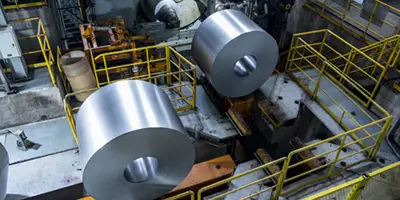

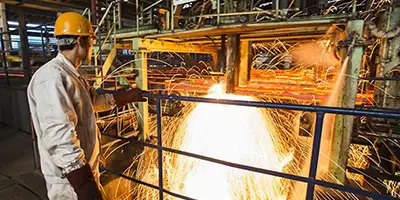
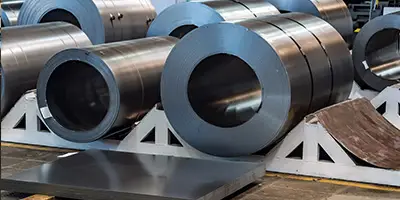

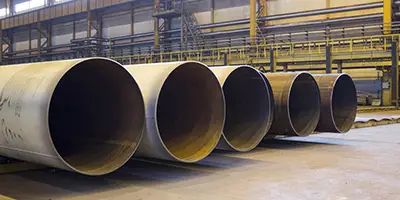

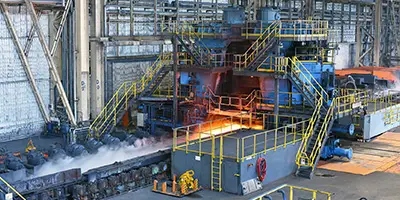
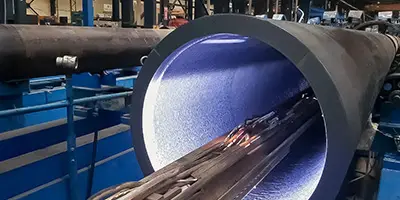
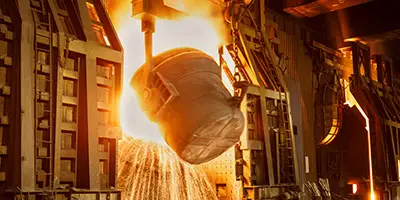


 Phone :
Phone :  Whatsapp :
Whatsapp :  Email :
Email : 


